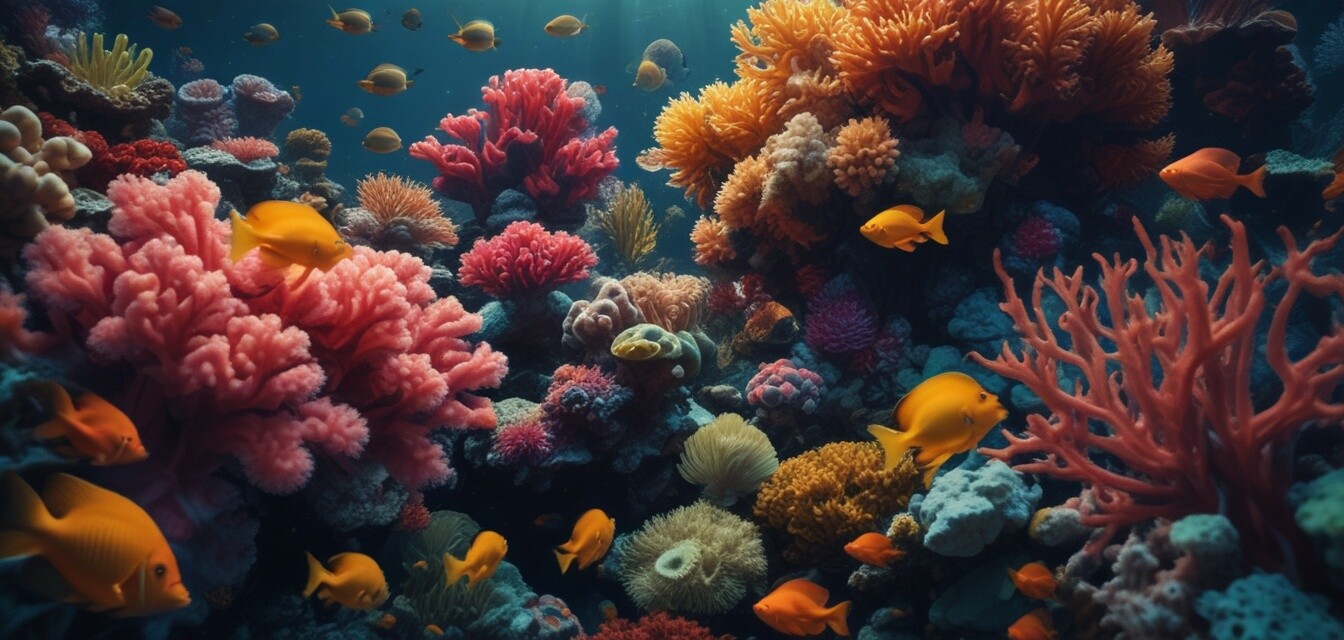
Capturing the Beauty of Symbiosis in Underwater Photography
Key Takeaways
- Understanding symbiosis enhances storytelling in underwater photography.
- Lighting is crucial for capturing the vibrancy of marine life relationships.
- Using appropriate settings and gear can vastly improve image quality.
- Composition techniques help convey the story of symbiotic relationships.
Underwater photography presents a unique opportunity to capture the captivating relationships found in marine ecosystems. Symbiotic relationships, where different species interact within an ecosystem, are rich with visual storytelling potential. In this article, we will explore techniques for photographing these enchanting interactions, enhancing the depth and narrative of your underwater images.
Understanding symbiosis in marine ecosystems
Symbiosis is a biological term that describes the interactions between different species. In the ocean, this can manifest in various forms, including:
- Mutualism: Both species benefit, such as clownfish and sea anemones.
- Commensalism: One species benefits while the other is unaffected, like barnacles on whales.
- Parasitism: One species benefits at the expense of the other, such as certain fish infesting coral.
Why focus on symbiotic relationships?
By focusing on these interactions, photographers can tell a more enriching story about marine life. Each image can convey not only beauty but also the intricate dance of survival that occurs in the underwater world.
Techniques for photographing symbiotic relationships
| Technique | Description |
|---|---|
| Use natural light | Natural light enhances colors; shoot during the golden hour for dramatic effects. |
| Close-up shots | Get up close to capture the details of the interaction. |
| Wide-angle lenses | Use wide-angle to show the environment of the organisms in relation to their symbiosis. |
| Experiment with angles | Capture images from various angles to find the best composition. |
| Adjust settings | Use a higher ISO and faster shutter speed in low light conditions. |
Lighting considerations
Lighting is one of the most important aspects of underwater photography. The deeper you go, the less light penetrates the water, affecting the colors and visibility of your subjects. Here are some tips:
Tips for effective underwater lighting
- Invest in a good underwater flash to help illuminate your subjects.
- Consider using diffusers to soften the light and reduce harsh shadows.
- Always angle your light towards the subject and slightly upward to avoid backscatter.
Composition techniques to enhance storytelling
Composition can make or break your photograph. Here are some composition techniques to keep in mind:
- Utilize the rule of thirds to create a more dynamic image.
- Incorporate leading lines to draw viewers' eyes toward the focal point.
- Frame your subjects with natural elements like coral or other marine life.
- Include negative space to emphasize the beauty of your subjects.
How to plan your shots
When planning to photograph symbiotic relationships, consider the following:
Pros
- Capturing symbiosis can educate viewers about marine ecology.
- Unique images can stand out in a crowded field of underwater photography.
- Shows intricate details that often go unnoticed.
Cons
- Requires knowledge of marine environments to capture effectively.
- It can be challenging to find and photograph dynamic interactions.
- Natural conditions can be unpredictable, affecting shot quality.
Post-processing techniques for underwater images
After you’ve taken your photos, editing is critical to make your images pop. Consider these post-processing techniques:
- Adjust the white balance to correct for underwater color shifts.
- Enhance the contrast to highlight the details of symbiotic interactions.
- Crop for better composition, following the rule of thirds.
- Use noise reduction techniques to minimize graininess from high ISO settings.
Conclusion
Photographing symbiotic relationships opens up a world of storytelling potential in underwater photography. By understanding the concepts of symbiosis, employing strategic techniques, and utilizing effective post-processing methods, you can create stunning images that not only captivate but also educate viewers about the beauty of marine ecosystems. Whether you're just starting or looking to enhance your skills, remember that every dive is an opportunity for creativity.
For more tips on enhancing your underwater photos, check out our guides on techniques and strategies or learn about the best diving equipment to use. Elevate your artistry and capture breathtaking underwater scenes with confidence!

